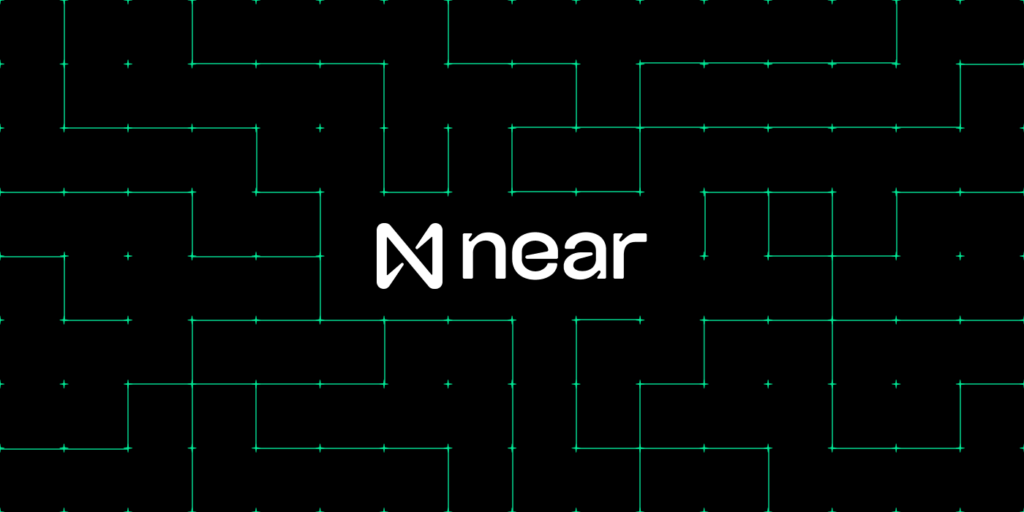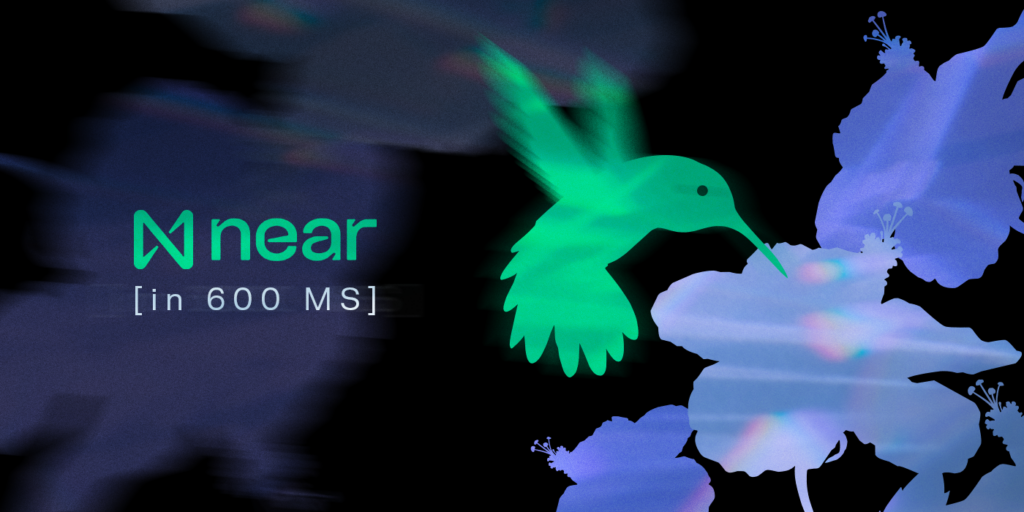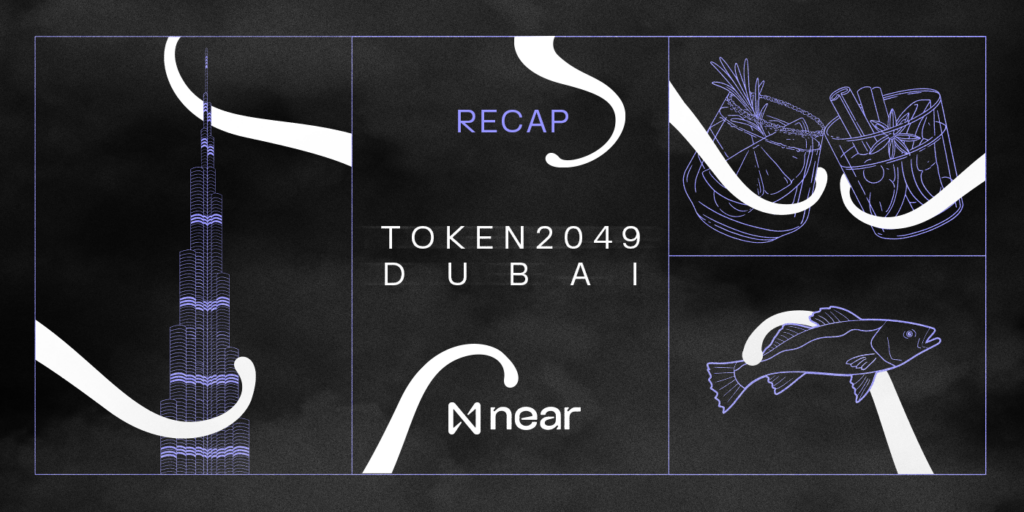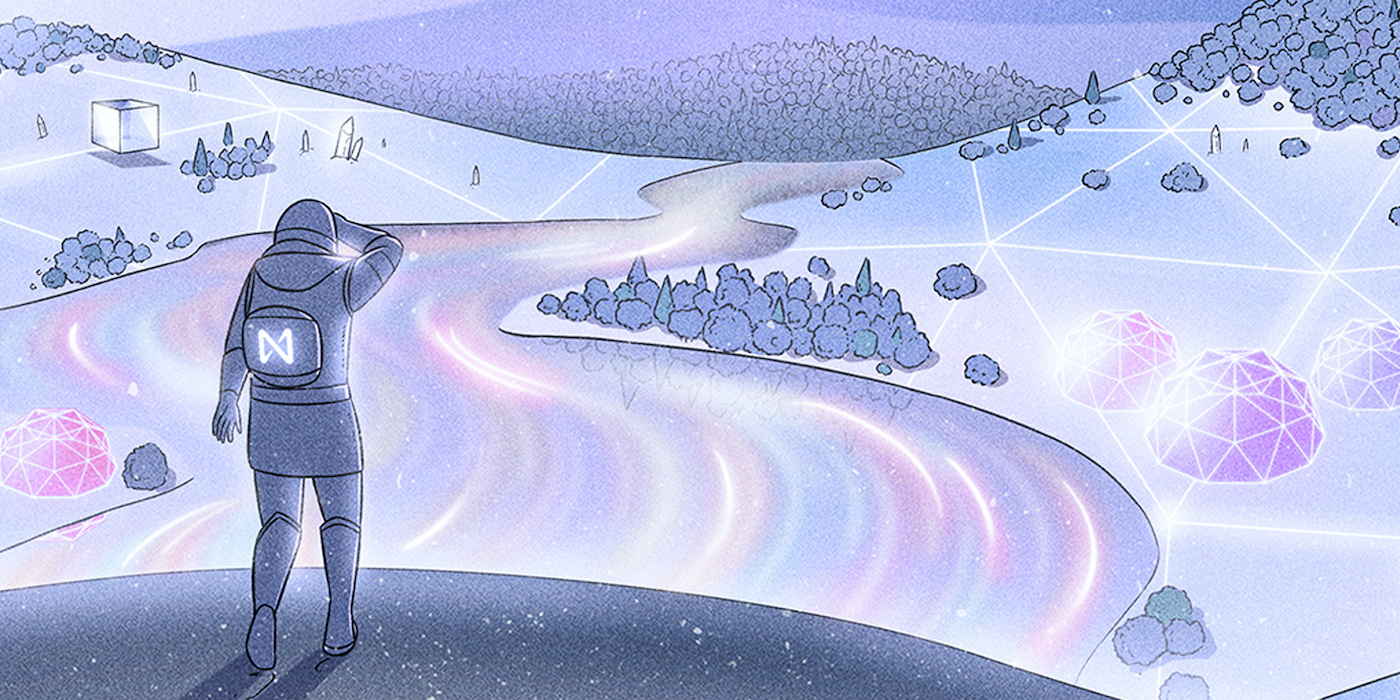How NEAR Went Carbon Neutral
Climate change, like the pandemic, is a global crisis that increasingly demands the world’s attention. A global imperative, it will require much collective work across many industries and markets to help mitigate its effects. Which makes the 2021 United Nations Climate Change Conference (COP26) a critical one.
Silicon Valley isn’t usually singled out for its carbon footprint, but the reality is that each company plays a role in a much larger carbon consumption whole. If you’re a web-based startup, then you’re on the electrical grid — that means your platform is almost certainly powered by fossil fuels.
From inception, NEAR has focused on a computational alternative to PoW. In this system, known as Proof-of-Stake (PoS), there are no miners. Instead, validators stake a given token amount to allow themselves to take part. PoS blockchains incentivise communities to own and control the network. Only then can they validate blocks and collect a block award.
PoS is integral to NEAR’s core values of simplicity, scalability, and security, which will help redefine business, creativity, and community. Since we launched amidst growing concern over climate change, we’ve been actively applying these values to help others reimagine the world, and do it in a carbon neutral way.
Functionally, NEAR’s PoS , what we call Nightshade, allows the platform to realize its ambition of being simple, scalable, and secure. But on a social and ecological level, sharding allows NEAR to deliver on its carbon neutral commitment.
Let’s dive into NEAR Protocol’s sharding system, and explore a few other initiatives NEAR has been taking on its journey to carbon neutrality.
Why Proof-of-Stake enables the Carbon Neutral shift
Proof-of-Work (PoW) blockchain platforms have in recent years attracted much attention for the electrical power needed to run their mining computations. Indeed, PoW lies at the heart of crypto’s energy debate.
In PoW, a massive amount of mining gear is put to work on the computations needed to produce blocks. Miners — many of them large operations with a bunch of gear — compete for block rewards. Over time, PoW mining becomes more difficult, requiring more gear to perform more time-consuming computations, all of it leading to escalating amounts of energy consumption.
With Proof-of-Stake, a network architecture used by NEAR and some other platforms, we have a novel and exciting way of making crypto carbon neutral. As a computational alternative to PoW, there is no mining or arms race. Instead of miners, PoS uses validators that have to commit a given amount of tokens before they can be eligible to take part in the network.
If we’re talking energy efficiency, PoS-based blockchains are orders of magnitude better than PoW platforms, like Bitcoin. Ethereum is currently planning on transitioning to PoS in the next few years.
NEAR’s PoS ecosystem is already up and running, giving the community the opportunity to build on a climate neutral blockchain, today.
Nightshade: A key to Carbon Neutrality
A year after our mainnet launch, NEAR has already attracted a robust community of developers and users. While our throughput (network capacity) makes for a fast, scalable, and budget-friendly alternative to Bitcoin and Ethereum, the NEAR platform’s capacity won’t stop with the mainnet.
As promised, NEAR’s Nightshade will expand throughput via sharding, a scaling technology that divides computation across “shards” running in parallel. Nightshade allows each transaction to be far more energy efficient than PoW platforms, since the sharding approach allows for scaling without a corresponding uptick in energy consumption.
How, you might ask? With NEAR’s Nightshade, each transaction is processed on a shard instead of by every node in the network. Alongside PoS, this significantly reduces blockchain energy consumption, thus reducing the blockchain’s carbon footprint.
NEAR’s other Carbon Neutral initiatives
The NEAR platform’s climate change efforts go beyond PoS and sharding. As part of making the ecosystem climate neutral, NEAR asked South Pole, a leading Zurich-based project developer and global climate solutions provider, to audit NEAR’s carbon footprint. We also asked for guidance on how to reduce our carbon footprint where possible, and if not, provide ways for NEAR to offset its remaining carbon.
South Pole’s audit included NEAR Foundation’s carbon footprint, the Core Collective (all employees and contractors working on the protocol), and all validators. The firm found that NEAR Protocol generates 174 tons of CO2 annually, making it 200,000 times more energy efficient than Bitcoin. Much of this is due to NEAR’s application of PoS technology instead of PoW. As noted above, growth in blockchain throughput means that our carbon footprint will only grow marginally in the coming years.
What this means for the future of blockchain
NEAR’s PoS and Nightshade architecture is the future of blockchain. But many other exciting advances and possibilities are on the horizon, especially as expanded throughput leads to more adoption and app development. Just recently, Open Forest Protocol, a forestation tracking solution built on NEAR.
We foresee, in the near future (no pun intended), many more dApp developers launching projects on the NEAR ecosystem that deal directly with environmental sustainability.
The blockchain industry is already seeing projects focused on tracking the provenance of recycling initiatives. We will also see more blockchain-based validations of supply chains, giving local producers of goods fairer, more sustainable profits for their families and communities.
DeFi will also play a major role in climate action. Imagine a world where individuals from across the globe can help finance climate change projects in wonderfully decentralized ways, bypassing both bureaucratic red tape and any resistance or hesitance from centralized financial institutions and corporations.
We want the fast-growing NEAR community to reimagine the world.
Collectively, the community has the power and means to affect local and global change through blockchain innovation.
Share this:
Join the community:
Follow NEAR:
More posts from our blog



